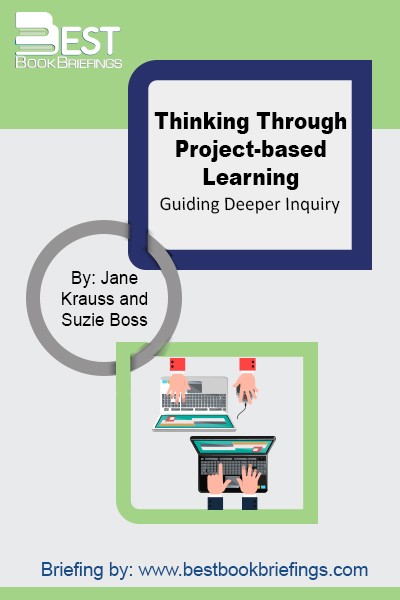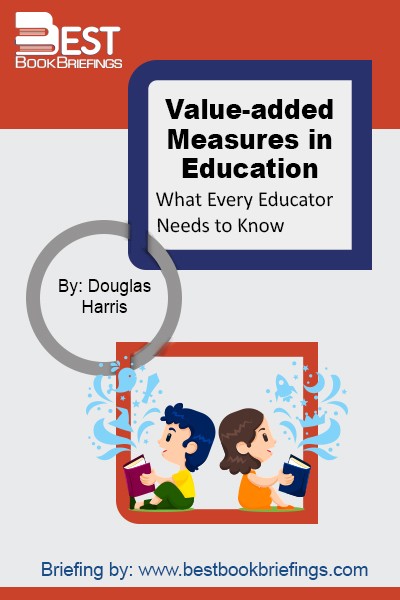Value-added Measures in Education
What Every Educator Needs to Know
Editorial Review
In Value-Added Measures in Education, economist and education researcher Douglas N. Harris takes on one of the most hotly debated topics in education. Drawing on his extensive work with schools and districts, he sets out to help educators and policy makers understand this innovative approach to assessment. Written in straightforward language and illustrated with actual student achievement data, this essential volume shows how value-added measurement can help schools make better use of their data and discusses the strengths and limitations of this approach.
Book Reviews
Books on Related Topics

Everything you need to know to lead effective and engaging project-based learning! Are you eager to try out project-based learning, but don't know where to start? How do you ensure that classroom projects help students develop critical thinking skills and meet rigorous standards? Find the answers in this step-by-step guide, written

By acting as coaches, educators help students to mature socially as well as academically, within a respectful atmosphere. In a true coaching environment, teachers and students produce a continuous flow of synergy: One creative idea sparks another, leading to motivation and engagement; students are complimented rather than reprimanded for solving problems

For decades, the assumption has been that if we want to improve teaching, one of the best ways is to supervise and evaluate teachers. Surely, the argument went, inspecting classroom performance and giving teachers feedback and formal evaluations would make a positive difference. But as we frequently ask groups of administrators

Derral Eves has generated over 60 billion views on YouTube and helped 24 channels grow to one million subscribers from zero. In The YouTube Formula: How Anyone Can Unlock the Algorithm to Drive Views, Build an Audience, and Grow Revenue, the owner of the largest YouTube how-to channel provides the secrets to

There is near-universal agreement that schools must find ways to transform older teaching practices in order to harness the tools that students have at their disposal today. This book introduces you to many of the most useful tools and concepts for an education setting so that you can decide, along with



